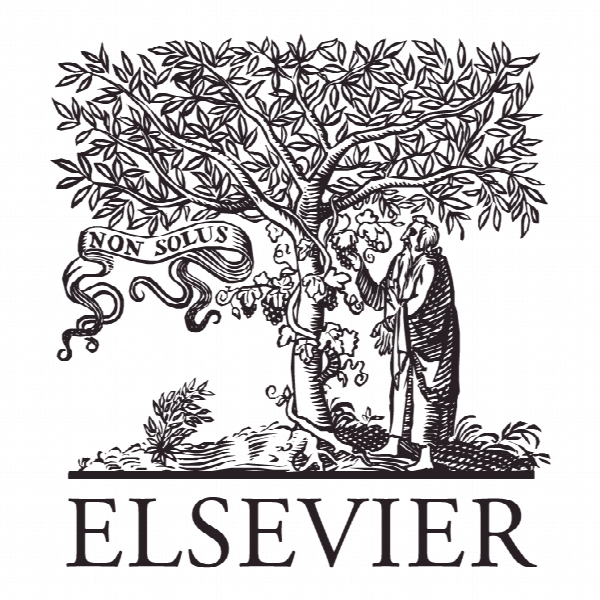احیای مجدد سازمان بدون انکار جامعه : در پاسخ به Ahrne، Brunsson و سیدل Resurrecting organization without renouncing society: A response to Ahrne, Brunsson and Seidl
- نوع فایل : کتاب
- زبان : انگلیسی
- ناشر : Elsevier
- چاپ و سال / کشور: 2017
توضیحات
رشته های مرتبط مدیریت و اقتصاد
مجله مدیریت اروپایی – European Management Journal
دانشگاه دانشکده اقتصاد و علوم اجتماعی، پوتسدام، آلمان
نشریه نشریه الزویر
مجله مدیریت اروپایی – European Management Journal
دانشگاه دانشکده اقتصاد و علوم اجتماعی، پوتسدام، آلمان
نشریه نشریه الزویر
Description
1. Introduction In a recent article published in this journal, Ahrne, Brunsson and Seidl (2016) advanced a programmatic claim to “extend the notion of organization” (p. 93) beyond the current understanding of formal organizations by putting decisions back at the center of organization research. Their claim is complex and extends beyond a rehashing of historical debates and competition between theories of formal organization and decision-making approaches. First, their claim relates formal and decisional aspects of organizations; second, it reflects recent developments (in theory as well as in applying empirical evidence); and third, it traverses the traditional range of organization studies. Based on recent developments in our field, which have empirically and/or theoretically tended to dissociate from organization studies in the narrow sense, the authors underscore that organization represents a highly important and very specific phenomenon in modern society. Thus, organization is “not a mere reflection of a more general social order that can be adequately understood by concepts and theories describing society in general” (Ahrne et al., 2016, p. 93). In other words, the authors suggest that the concept of organization can be maintained and strengthened by distinguishing it clearly from other concepts and phenomena in modern society. By defining organizations as decision-based social orders, the authors explicitly draw on the latest works of the sociologist Niklas Luhmann (2000b, 2003), who described organizations as constantly making and reproducing decisions while also deciding their own structures. With respect to the elements of formal organizational structure, Ahrne et al. depart from Luhmann by distinguishing five basic elements of organization: membership, rules, monitoring, sanctions, and hierarchy (Ahrne & Brunsson, 2011, p. 86; Ahrne et al., 2016, p. 95). Building on this framework, the authors go beyond the classic concept of formal organization. By making use of the five formal elements, they suggest that different degrees of “organizationality” (Ahrne et al., 2016, p. 98) can be realized on a continuum that ranges from complete to partial organization. Although a complete organization would incorporate all five elements, the authors see the possibility of so-called “partial organization” (p. 95) that only uses a few or even one of these elements. Compared with the classic ideas of organization, a new variety of organizational forms appears on the agenda, including forms that had not been previously considered in organization studies but rather were left to other specialists and addressed by the theory of society, e.g., in the case of families. However, the authors not only advocate for a specific theory of organization that will lead to a better understanding of the phenomenon, but they explicitly claim that expanding the concept of organization will provide “insights […] necessary for understanding modern society” (Ahrne et al., 2016, p. 93).


